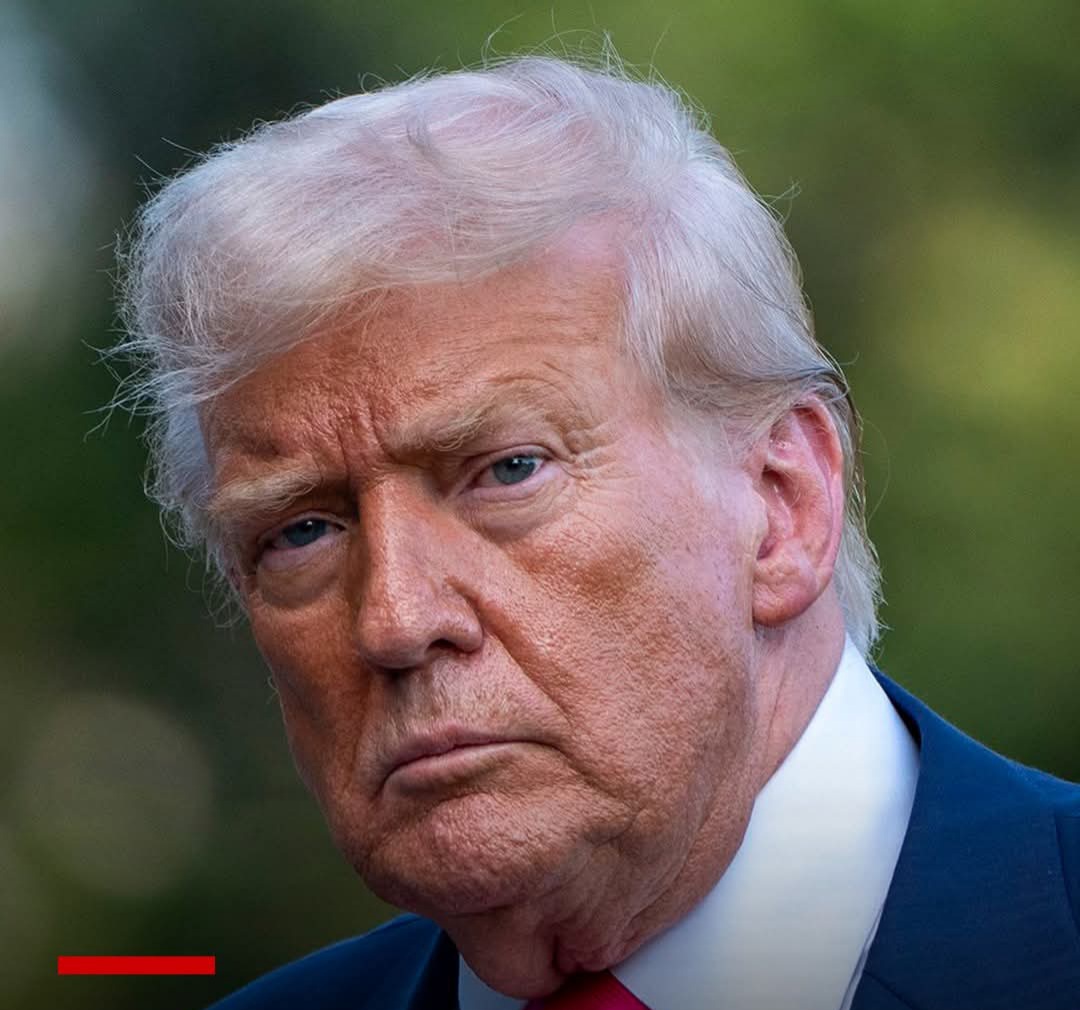U.S. and Japan Reach Trade Agreement as Trump Ends Weeks of Deadlock
After months of tense negotiations, President Donald Trump announced a landmark trade agreement with Japan on Tuesday night, July 22, 2025, calling it “perhaps the largest deal ever made” during a White House reception with Republican members of Congress. The deal, finalized with Japan’s top trade negotiator Ryosei Akazawa, establishes a framework between the two allies, lowering tariffs and opening Japanese markets to American goods, while securing a $550 billion investment from Japan into the United States.
The agreement imposes a 15% reciprocal tariff on Japanese exports to the US, a significant reduction from the 25% tariff threatened in a July 7 letter to Japanese Prime Minister Shigeru Ishiba, and the earlier 24% rate set on April 2. Crucially, the deal lowers the auto tariff from 25% to 15%, benefiting Japan’s auto industry, which accounts for over a quarter of its $148 billion in annual exports to the US. In return, Japan will open its markets to American cars, trucks, rice, and other agricultural products, addressing Trump’s complaints about Japan’s reluctance to import US rice despite a domestic shortage. Japan imported $354.7 million in US rice from May 2024 to April 2025, a figure Trump previously disputed.
Trump touted the deal’s economic impact, claiming it will create “hundreds of thousands of jobs” and that the US will receive 90% of the profits from Japan’s $550 billion investment, which includes a joint venture for a $44 billion Alaska LNG project. Treasury Secretary Scott Bessent hailed it as a “historic agreement,” while Japan’s Nikkei 225 surged 3.7% on Wednesday, with auto stocks like Toyota and Honda jumping over 8%. Akazawa celebrated on X with “#MissionAccomplished,” posing with a photo of Trump and Ishiba from prior talks.
The deal comes amid political turmoil in Japan, where Ishiba’s coalition lost its upper house majority on July 20, fueling speculation about his resignation, though he denied such plans to NHK. Ishiba called the 15% tariff rate “the lowest among countries with trade surpluses with the US,” framing it as a diplomatic win. However, the agreement excludes reductions on Japan’s 50% tariffs on US steel and aluminum, a sticking point noted by Akazawa.
Social media buzzed with praise, with @WhiteHouse calling it a “very exciting time” for US-Japan relations, and @AlecLace labeling it a “HUGE WIN for America.” Critics, like @jakeadelstein, argued Japan secured a strategic victory by negotiating down tariffs without sacrificing its agricultural sector. The deal follows Trump’s recent trade frameworks with the Philippines, Indonesia, and the UK, with EU talks slated for Wednesday, ahead of an August 1 deadline for new tariffs on over 50 nations.
📝 Note to Readers:
The US-Japan trade deal marks a significant step in Trump’s aggressive trade agenda, easing tensions with a key ally while boosting US markets and jobs. As details emerge, the agreement’s long-term impact on both economies and Ishiba’s political future will be closely watched. Stay tuned for updates on this pivotal development. #USJapanTrade
Sources: CNN, Al Jazeera, Reuters, The New York Times, X posts
U.S. and Japan Reach Trade Agreement as Trump Ends Weeks of Deadlock
After months of tense negotiations, President Donald Trump announced a landmark trade agreement with Japan on Tuesday night, July 22, 2025, calling it “perhaps the largest deal ever made” during a White House reception with Republican members of Congress. The deal, finalized with Japan’s top trade negotiator Ryosei Akazawa, establishes a framework between the two allies, lowering tariffs and opening Japanese markets to American goods, while securing a $550 billion investment from Japan into the United States.
The agreement imposes a 15% reciprocal tariff on Japanese exports to the US, a significant reduction from the 25% tariff threatened in a July 7 letter to Japanese Prime Minister Shigeru Ishiba, and the earlier 24% rate set on April 2. Crucially, the deal lowers the auto tariff from 25% to 15%, benefiting Japan’s auto industry, which accounts for over a quarter of its $148 billion in annual exports to the US. In return, Japan will open its markets to American cars, trucks, rice, and other agricultural products, addressing Trump’s complaints about Japan’s reluctance to import US rice despite a domestic shortage. Japan imported $354.7 million in US rice from May 2024 to April 2025, a figure Trump previously disputed.
Trump touted the deal’s economic impact, claiming it will create “hundreds of thousands of jobs” and that the US will receive 90% of the profits from Japan’s $550 billion investment, which includes a joint venture for a $44 billion Alaska LNG project. Treasury Secretary Scott Bessent hailed it as a “historic agreement,” while Japan’s Nikkei 225 surged 3.7% on Wednesday, with auto stocks like Toyota and Honda jumping over 8%. Akazawa celebrated on X with “#MissionAccomplished,” posing with a photo of Trump and Ishiba from prior talks.
The deal comes amid political turmoil in Japan, where Ishiba’s coalition lost its upper house majority on July 20, fueling speculation about his resignation, though he denied such plans to NHK. Ishiba called the 15% tariff rate “the lowest among countries with trade surpluses with the US,” framing it as a diplomatic win. However, the agreement excludes reductions on Japan’s 50% tariffs on US steel and aluminum, a sticking point noted by Akazawa.
Social media buzzed with praise, with @WhiteHouse calling it a “very exciting time” for US-Japan relations, and @AlecLace labeling it a “HUGE WIN for America.” Critics, like @jakeadelstein, argued Japan secured a strategic victory by negotiating down tariffs without sacrificing its agricultural sector. The deal follows Trump’s recent trade frameworks with the Philippines, Indonesia, and the UK, with EU talks slated for Wednesday, ahead of an August 1 deadline for new tariffs on over 50 nations.
